Your Cart is Empty
Free Shipping on All Subscriptions Worldwide
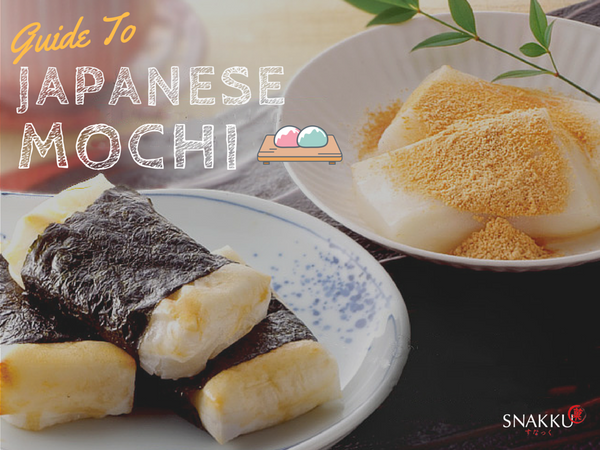


FREE GUIDE - 7 HIDDEN SNACK STORES OF TOKYO
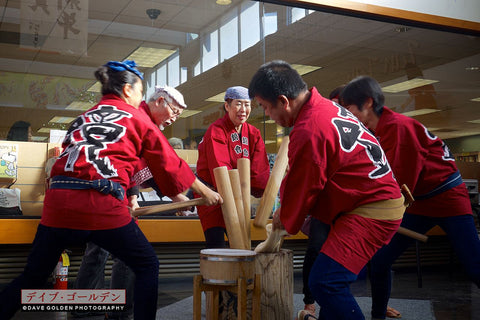
One of the most popular classics. Soft round Mochi stuffed with red bean paste. This can be found in any supermarket and convenient stores in Japan but Gunrundou,Tokyo is well known for its delicious mame daifuku. The red beans are added into freshly pound mochi where the combination of saltiness in the red beans and sweetness of the paste combine to perfection like no other stores.
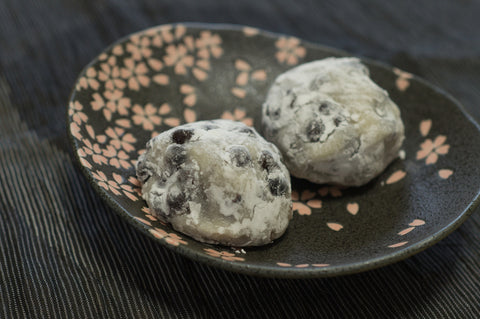
©mana_cat - tabelog
Basically a daifuku with a huge luscious strawberry at its center. Thanks to the third generation president of Tamaya, the ichigo daifuku was first sold in 1985, and has become one of the best-sellers for daifuku throughout Japan ever since. Tamaya’s ichigo daifuku can be only found in Yotsuya, Ginza, Shinjuk, and Ichigaya, where they a well-balanced confection of mochi, anko, and strawberry.

http://www.otakufood.com/strawberry-mochi-ichigo-daifuku/
Yomogi mochi comes with spring. An extremely earthy flavored mochi, mixed with yomogi (mugwort, basically grass). Japan’s fastest mochitsuki champions comes from a shop a in Nara specializing in making these yomogi rice cakes the traditional way. While yomogi mochi is commonly found in supermarkets, Nakatanidou’s famous rice cakes gives customers a soft and tender texture nothing like those machine-made mochis. The tea-like flavor of yomogi compliments the red bean paste inside to perfection.

©silivren - Flickr
If you like ice cream, and you like mochi, here’s both. Created in Little Tokyo, a Japantown in L.A., Frances Hashimoto put 7 flavors of ice cream in sweet light layer of mochi beginning its production in 1993. It took decades of research before mochi ice cream could achieve mass production because the texture of mochi were difficult to control at different temperatures. The product is sold in almost 2000 stores across the States in Trader Joe’s and asian markets. There is nothing much to describe how these taste like, de-li-cious.
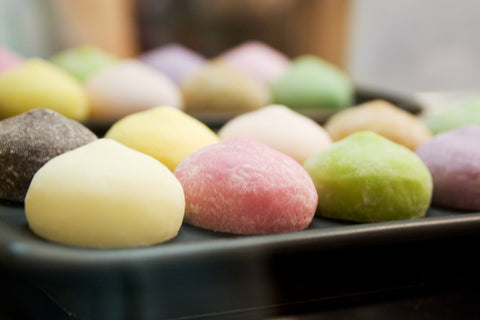
©roboppy - Flickr
On a cold winter day, there is nothing more relaxing than a warm sweet azuki (red bean) soup with some half-melted soft mochi. The soup is made by boiling azuki beans and adding sugar to make a watery paste. A toasted mochi is added to the soup to lighten the sweetness of the azuki paste.
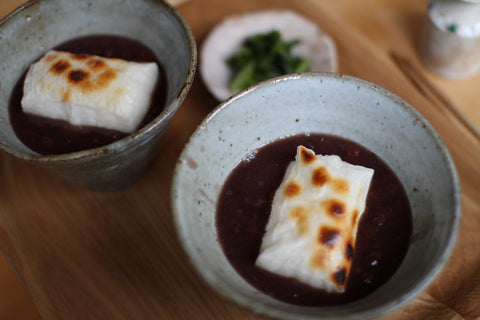
©ichicoblog - Flickr
When udon is not enough, add mochi. The mochi added to this pleasant bowl of udon gives it the name “power udon”.

©travelingrhinos - Flickr
Eaten on the morning of New Year in Japan, this mochi is soaked in broth that varies across region, whether it’s fish, chicken, or vegetable. The dish is customized by its regions, where those living near the sea would add fish and salmon roe while those living closer in land add chicken and vegetables.
Each ingredient added to the dashi broth is believed to bring good luck for the year to come. For example, since mochi is sticky and can be stretched really long, it represents longetivity to those who eat them. It is believed that finishing your zoni will bring you good luck and longetivity.
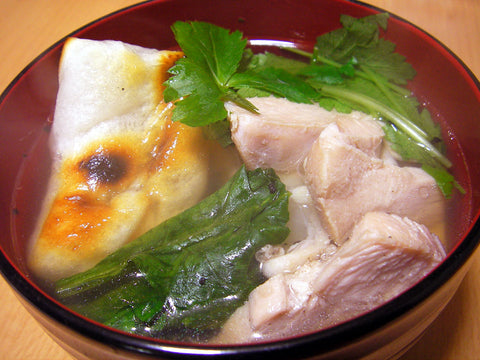
©yoppy - Flickr
These pink sakura colored mochi marks the beginning of spring. The combination of sweetness with the slight saltiness and bitterness of the pickled sakura leaf is perfect with the red bean paste inside.
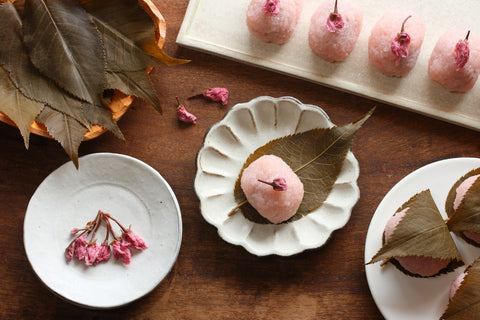
©bananagranola - Flickr
Going back to basic, we have this squared rice cake, grilled or toasted until slightly burnt. You can wrap then in seaweed and dip them in soy sauce for a classic flavor.

Dango is a toasted mochiko ball covered with different toppings for various occasions. The toppings varies from the sweetness of red bean paste or black sesame to the saltiness of soy sauce syrup and seaweed. Unlike mochi made by pounding mochigome (glutinous rice), these are just made with mochiko flour.

©irudono - Flickr
So that’s our list of 10 mochi to try if you plan to be in Japan over the holidays. These sticky soft delights will definitely give you something to chew on!
Enjoyed this post? Check out these other delicious articles!
I enjoyed this article, but it seems that the process of making fresh mochi requires so much time and effort. Anything that take that much time has to be good. You can see the pride that goes into it. Can’t wait to try these for myself.
Comments will be approved before showing up.
Betty Whipple
November 10, 2019
I love mochi